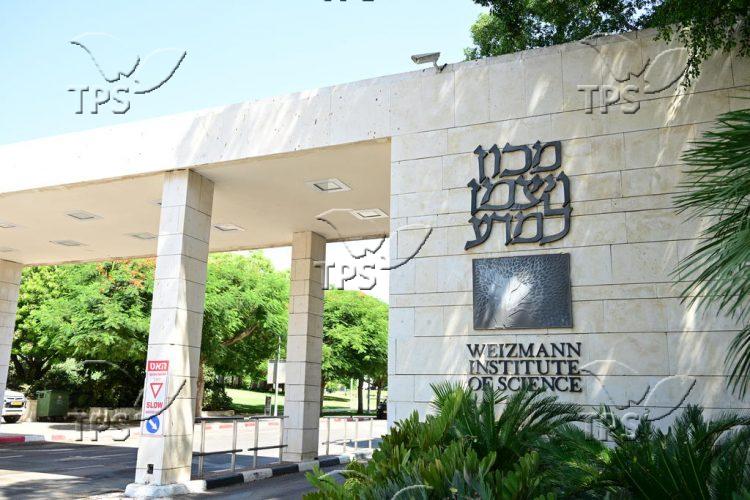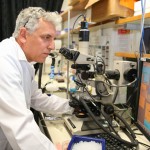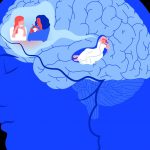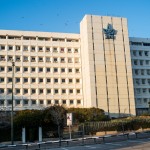Israeli Research Opens Door to Reversing Effects of Early Childhood Trauma on Brain
Jerusalem, 4 December, 2023 (TPS) -- Untold numbers of Israeli children will have lasting psychological scars from the trauma of the Gaza war. Those scars can come from fleeing rocket barrages, witnessing atrocities committed by Hamas terrorists in their communities, or even being taken hostage, as 30 children were on Oct. 7.
The aftermath of traumatic events during early childhood often leaves lasting scars on mental health and social well-being. But new Israeli research sheds light on potential pathways to reverse these effects, offering hope for effective interventions and rehabilitation.
A team of researchers at the Weizmann Institute of Science in Rehovot delved into the intricate workings of the brain following exposure to trauma during infancy. By utilizing mice as models, the team discovered crucial brain mechanisms that undergo deviations due to early trauma. More importantly, their findings suggest that these changes could be reversible if addressed promptly.
The team’s findings were published on Friday in the peer-reviewed Science Advances.
“Understanding how trauma impacts the brain at a young age is pivotal in developing strategies for effective intervention,” said Prof. Alon Chen, of Weizmann’s Brain Sciences Department, who led the research.
“The wars in Israel, Ukraine, Sudan and elsewhere, and the unprecedented global refugee crisis that is caused, in part, by climate change, alongside an increased understanding of the long-term harm caused by exposure to war and violence at a young age – all these highlight the need for better rehabilitation capabilities,” Chen said.
Researchers explored the brain’s response to trauma shortly after birth, a critical period when the brain is at its peak plasticity, dissecting the intricate molecular and behavioral responses to stress in early life.
Their research involved an array of sophisticated methodologies, combining genetic sequencing on a cellular level, behavioral tracking via camera observations in a social environment simulating natural conditions, and advanced data analysis using machine learning tools.
Mice pups subjected to traumatic experiences after birth, such as maternal neglect, exhibited behavioral patterns resembling feelings of social isolation and anxiety, akin to post-traumatic responses observed in humans, explained by Dr. Juan Pablo Lopez, a key contributor to the study.
Continuing their investigation, the team subjected adult mice that experienced early trauma to further stress through social bullying. This experiment delineated four groups of adult mice, revealing distinct alterations in gene expression within various neuron subpopulations, particularly affecting the glutamatergic excitatory and GABA inhibitory systems in the hippocampus, a brain region crucial for social behavior.
Moreover, electrophysiological measurements performed in the hippocampus validated the molecular findings, indicating a disruption in the balance between excitatory and inhibitory signals, a hallmark in numerous psychiatric disorders.
In a groundbreaking turn, researchers administered a brief treatment involving diazepam (Valium), a well-known antianxiety drug affecting the GABA inhibitory system, shortly after the traumatic incidents. Astonishingly, this intervention significantly mitigated the negative behavioral consequences of early trauma in the mice, providing a potential path for rehabilitation following early-life stress.
“Understanding the molecular and functional mechanisms allowed us to neutralize the negative behavioral impact of trauma with a drug given shortly after exposure to traumatic incidents,” said Dr. Aron Kos. “This certainly should not be seen as a recommendation to treat young trauma patients with drugs, but our findings do highlight the importance of early treatment for successful rehabilitation.”
Said Chen, “Our new study identifies a key brain mechanism that is especially sensitive to childhood trauma. But the most exciting part is the prospect of using the plasticity of the young brain to help it recover, avoiding the toll this trauma can exact in adulthood.”







